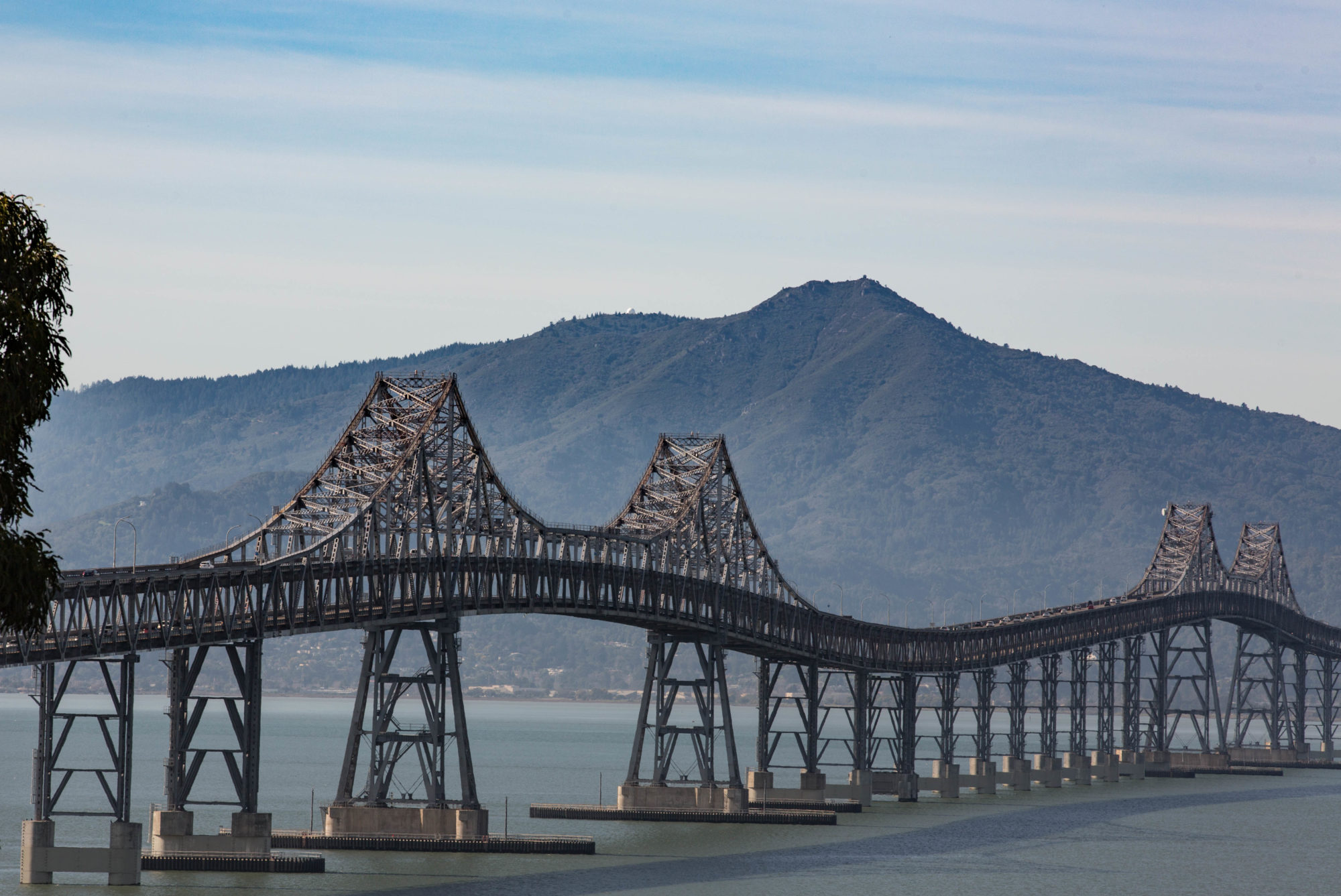The charm and allure of travel: visiting new places, seeing new things, meeting new people, and perhaps choosing not to eat at a chain or “American cuisine” restaurant when you’re in unfamiliar territory (that assumes of course that you’re motel stop for the night is within hailing distance of that non-chain eatery, but I digress).
Today we hit the road in Butte about half past 8 in the morning and got off the road–the same Interstate 90 on which we’d been pounding our way eastward all day–at about half past 8 in the evening. Our major stop during that 12 hours: the Little Bighorn battlefield, a little more than 60 road miles east and south of Billings. I’d been there before; Eamon and Sakura never had been, but were game.
Much has changed on the battlefield since I visited with my dad in 1988. We were motivated by both having read Evan Connell’s “Son of the Morning Star,” his discursive, wandering appraisal of Custer and the Little Bighorn–both in myth and reality, as far as anyone can get to the “reality” of Yellow Hair’s climactic moment. (The interpretive efforts at the site have become a lot more sophisticated over the past couple of decades, but today I still came across a signboard of recent vintage that said something like, “no one can know Custer’s motives” in the decisions he made before his attack and during the battle itself. One hundred thirty-five years later, and the “what ifs” abound.)
I believe that around the year we visited, 1988 remember, some Lakota or other Native American activists had caused a stir by daring to stage a parallel event and place their own memorial marker on the battle’s anniversary days, June 25 and 26. That was probably not the first time, but it was a prelude to something serious and enduring. I saw several red granite markers on the field–red, one assumes, in contrast to the white marble markers placed in 1890 to mark the locations of where members of Custer’s command had fallen–that noted the location where Lakota and Cheyenne fighters died “defending their homeland and their way of life (see photos below, and click for larger versions). And in an apparent answer to the red stones, several new white headstones have appeared noting the deaths of several of Custer’s Arikara scouts; these stones note the scouts died defending their way of life. (American history: It’s too new to be over.) Beyond the stone wars, there are other signs, too: Native American guides conducting tourists through the battle sites and a beautiful memorial to the tribes present at the battle on both sides and the losses they suffered there (bottom photo).
Anyway, we spent a couple of hours driving and strolling sections of the battlefield. I made my companions wait while I tried to record sound and take pictures and visit just one more thing over there I’ll be right back! When I finally returned to the car, I apologized and said I hope it didn’t seem to be a repeat of a long ago (1988, too) trip to the Antietam battlefield with Eamon and my brother John. Eamon was going on 9 and didn’t quite grasp what was so interesting in the landscape that every 90 seconds or so we had to pull over and start pointing and jabbering. His moment came when we made it to a famous bridge on the battlefield. Eamon climbed up on one of the sides and walked across Antietam Creek while I held my breath–it was a long way down.
After Little Bighorn, we got back on I-90 for the drive southeast into Wyoming (the route I hoped to take, U.S. 212, is closed about 50 miles east of the battlefield because of a big slide). We whirred past Sheridan and Gillette, the distant Devil’s Tower, and within sight of the Black Hills. We decided to call it quits in Spearfish instead of going on to Deadwood: cheaper motel (I got my room for fifty dollars cash paid to a Hungarian tourist. True story), earlier night.
Tomorrow, we’re looking to make Omaha. What’s between here and there?
From top: On Interstate 90, looking back from Big Timber to the Absaroka Mountains. Three photo panel from left: a stone marking the death of a civilian member of Custer’s regiment on the Little Bighorn battlefield; a stone marking the death of a Sans Arc Sioux warrior at the southern end of the battlefield, and stones for three Arikara scouts who died fighting with Custer’s command. Bottom: Sculpture at Native American memorial at battlefield, on the northern slope of “Last Stand Hill.” Click for larger images.


